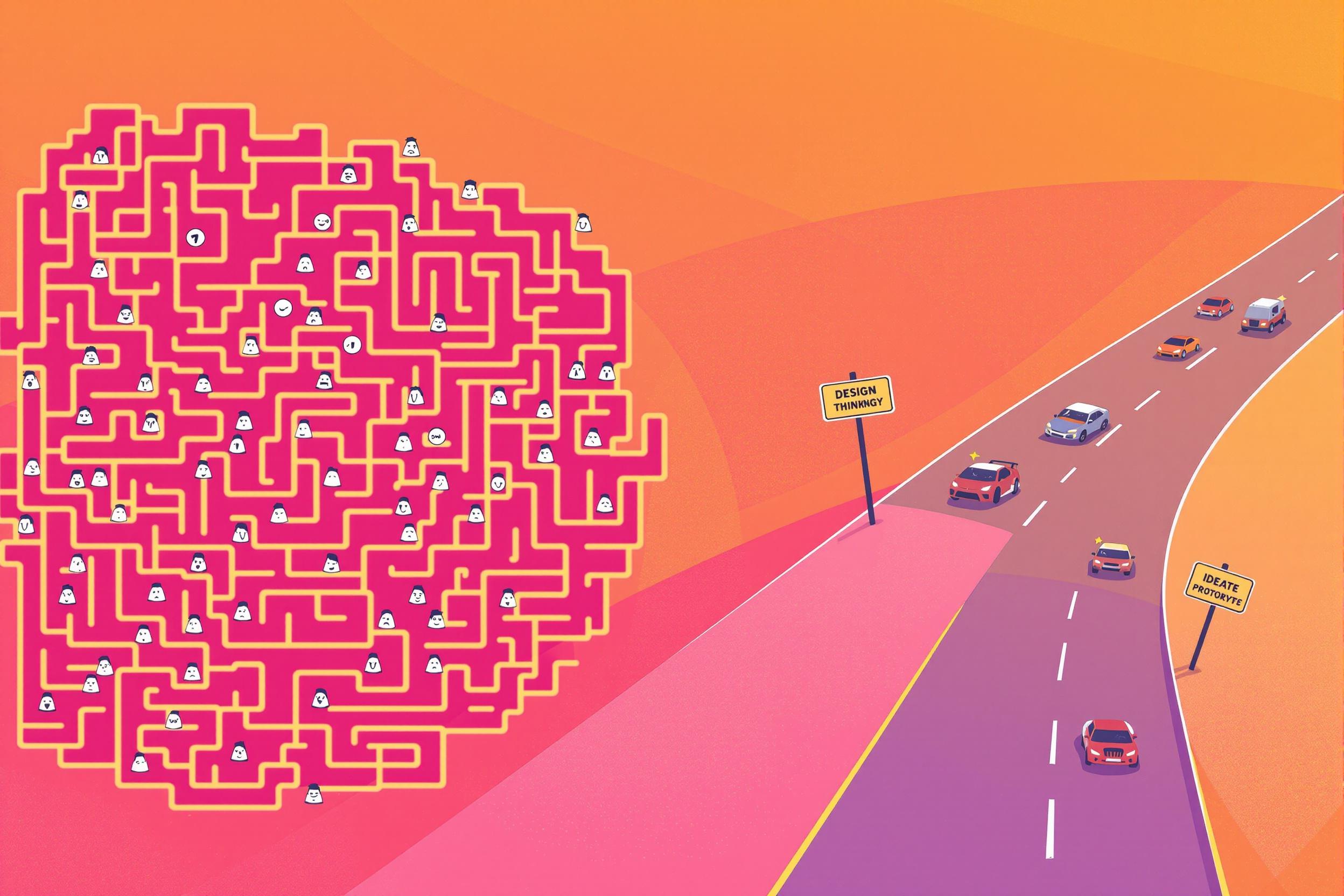
Exhibit Design
Exhibit Design in zoos involves creating engaging and educational spaces that house animals while providing visitors with meaningful experiences. This includes planning the layout of animal habitats, visitor viewing areas, and educational displays. Designers must balance animal welfare, visitor experience, and safety requirements. The field combines elements of architecture, animal care, and educational planning to create spaces that work for both animals and visitors. Similar terms include "habitat design," "interpretive design," or "zoological exhibit design."
Examples in Resumes
Developed three major Exhibit Design projects for the African Savanna section, increasing visitor engagement by 40%
Led Exhibition Design team in creating interactive educational displays for the new Penguin Habitat
Collaborated with zoologists to implement innovative Exhibit Designs that enhanced animal welfare while improving visitor experience
Typical job title: "Exhibit Designers"
Also try searching for:
Where to Find Exhibit Designers
Professional Organizations
Job Boards
Professional Networks
Example Interview Questions
Senior Level Questions
Q: How do you balance animal welfare needs with visitor experience in your exhibit designs?
Expected Answer: A senior designer should discuss their experience managing complex projects that consider animal natural behaviors, keeper access, visitor sight lines, and educational goals. They should mention specific examples of successful exhibits they've designed.
Q: Tell me about a challenging exhibit design project you managed and how you overcame obstacles.
Expected Answer: Look for answers that demonstrate leadership, problem-solving abilities, and understanding of both animal care and visitor engagement. They should discuss budget management, timeline adherence, and stakeholder communication.
Mid Level Questions
Q: What factors do you consider when designing educational components of an exhibit?
Expected Answer: Should explain how they incorporate age-appropriate learning elements, interactive features, and clear messaging while maintaining the aesthetic appeal of the exhibit.
Q: How do you incorporate sustainability and maintenance considerations into your designs?
Expected Answer: Should discuss practical experience with materials selection, energy efficiency, water management, and designing for easy maintenance access.
Junior Level Questions
Q: What software tools do you use in your design process?
Expected Answer: Should be familiar with basic design software and able to explain how they use these tools to create initial concepts and final plans.
Q: How do you research the specific needs of different animal species when planning an exhibit?
Expected Answer: Should demonstrate basic knowledge of animal welfare requirements and explain their process for gathering information from zoologists and other experts.
Experience Level Indicators
Junior (0-2 years)
- Basic design software knowledge
- Understanding of animal welfare principles
- Ability to read and create simple design plans
- Knowledge of basic materials and construction methods
Mid (2-5 years)
- Project coordination experience
- Knowledge of building codes and safety regulations
- Experience with educational content development
- Understanding of budget constraints
Senior (5+ years)
- Complex project management
- Team leadership
- Stakeholder management
- Advanced knowledge of animal welfare requirements
Red Flags to Watch For
- No understanding of animal welfare requirements
- Lack of knowledge about safety regulations
- No experience with collaborative projects
- Poor understanding of visitor flow and engagement principles
Related Terms
Need more hiring wisdom? Check these out...

Why Your Hiring Process is a Maze (And How Design Thinking Can Turn It into a Superhighway)

From Farewells to Future Allies: Transforming Exit Interviews into Lifelong Connections

Refining Job Descriptions to Expand Applicant Pools: Casting a Wider Talent Net

